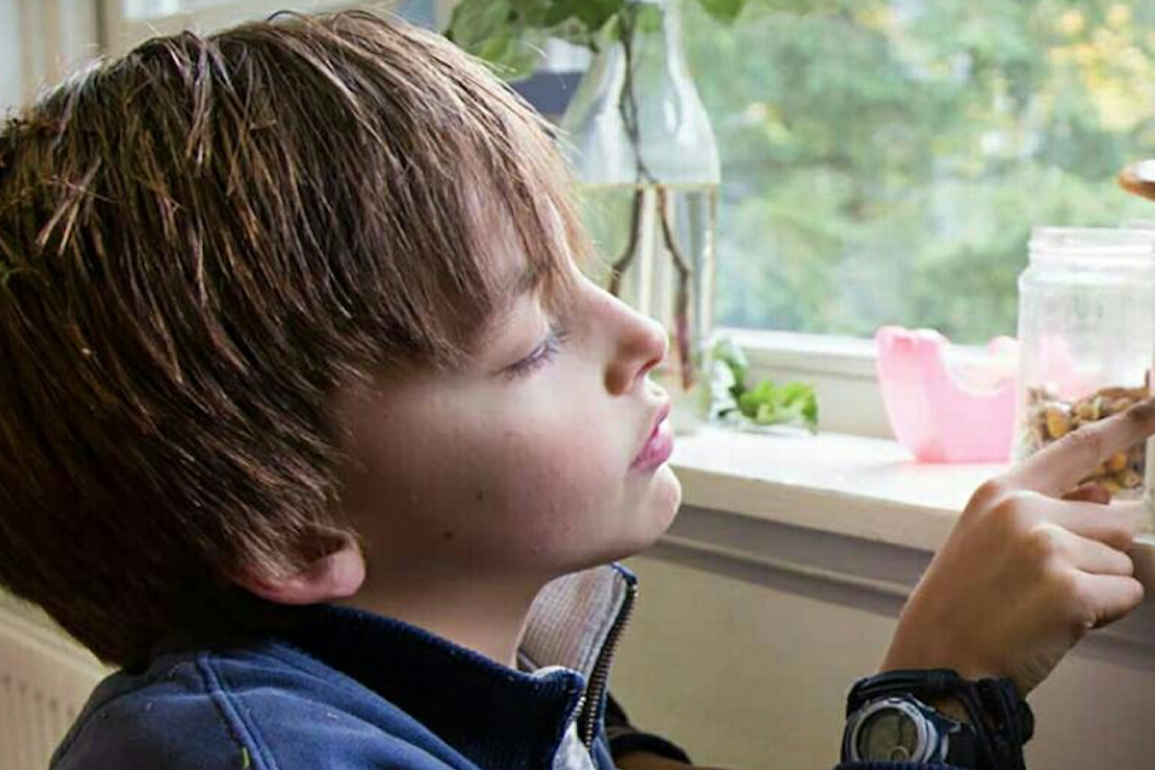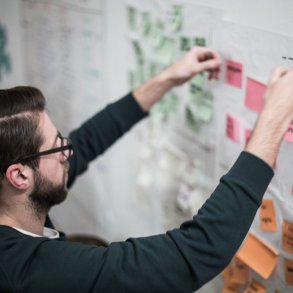With a lifetime dedicated to pursuing wholeness and evolutionary purpose, it was one of those synergistic coincidences that lead to me to teach my first lesson as an English Teacher in the small, family-oriented, affordable-fee, democratic Keen School in Bilthoven, Netherlands. Keen is an aspiring Teal organisation, a two-year startup, offering an holistic, integrally-informed, self-directed education to thirty-two young people, aged three to eighteen, in the luxuriant woodlands of Berg-en-Bos near Utrecht, an area that already has a rich history of social and educational experimentation. The design of the school is informed by and aligned with, evolutionary and integral ideals, and in part is founded as a response to flawed models of democratic liberal schooling in the Netherlands.
This article is intended to primarily give a flavour of the educational, student-centred aspects of Keen School. Whilst informed by the same Teal principles, it is in some respects in parallel with, yet totally complementary to, the journey to become a Teal organisation. The staff journey to realise Teal is rich enough to deserve an EE Magazine article in its own right and as such, is not a primary focus here. This article attempts to describe the interplay between the successes of Keen’s foundational evolutionary Teal ideals and the creative friction encountered when the messy complexities and territory of lived experience challenge these espoused values.
Radical Pluralism
Keen school was founded as a response to glaring deficiencies of the mechanistic model of education employed in the Netherlands, but standard throughout most of Europe, as well some of the more questionable methods employed in the liberal Dutch educational fringe.
This progressive fringe in its most radical expressions, in one case at least, expresses an almost doctrinal emphasis on the autonomy or sacredness of the spiritual process of the individual child. This credo projects the purity, wholeness, and karma of “Buddha Nature” upon the child, with an assumption about their innate ability to be guided by the lights of their own spirit; consequently, struggling students can be left in total isolation, even if they are in extreme difficulty. This dogma discourages responsible adults from ‘interfering’ by guiding or assisting the child with their process. The consequences of this inaction by adults for some children’s longterm development, career, and adult life can be even more catastrophic and traumatic than those usually caused by mainstream schooling.
Keen School – The Ideals
Hence Gerdt and Janneke Kernkamp were originally board members in a democratic school, whose children attended the establishment. They founded Keen with the hope of designing a much more savvy integrated or integral evolving educational model. Being appreciative of the benefits of the evolutionary approaches of integral theory and of spiral dynamics, they naturally gravitated towards the breakthroughs described by Frederic Laloux aspire for the school to become a self-managing ‘Teal’ organisation.
The school is founded on the ideal of a self-directed education; its approach is informed by adult-oriented developmental models of mentoring, personal leadership, and coaching. Keen intends to unleash a pupil’s individual passions and strengths and light up their natural thirst for learning. Youngsters are expected to lead their own learning, unconstrained by the artificial barriers of subject specialisms, not unlike the ESBZ school featured in Reinventing Organisations. However, in contrast to the very unstructured approaches of more liberal peers, the Keen students study the mandatory subjects of Dutch, Maths, and English, these being considered essential to a reasonably successful and productive life.
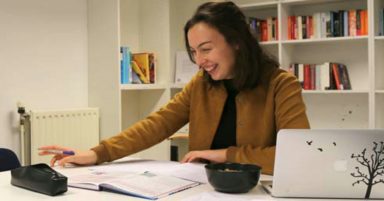
Keen College and Villa – Ideals Realised
Keen Villa combines both a primary and nursery education in a nurturing home-style environment. Packed with toys, resources, pictures, and examples of pupils’ work, the Villa attends vigilantly to each child’s holistic needs, ensuring that when they are ready to depart, they feel totally alive and thrilled to learn and grow. Two parents reported anecdotally, the transformation of their child who began to thrive in the Villa learning environment.
The upper cohort, the Keen College group aged 16-18, comprises of some of the most eager, willing, and bright students one is likely to encounter in this age group. These students mostly have experienced their education in the democratic school system and have grown up as friends. Nevertheless, all the students in this year group, have freely decided with the help of their school mentors, to sit/take the regular Dutch high school diploma exams in order to go university to further their desires and dreams.
The College students’ willingness and self-driven appetite to learn is exemplary. They are not always the most diligent and organised in their learning, yet their sheer eagerness to absorb and put their learning to practical use approaches the astonishing. This group might lack some critical formal academic writing skills, yet verbally and intellectually they are easily able to hold their own with their peers. These young people are also not geeks: they are local volleyball and athletic champions, one is a piano teacher, and almost all are musically talented. They are role models for an alternative education in many respects.
Other specific examples of pupils who are suited to this approach, include a young violin prodigy who performs on stage with global superstars such as Anne-Sophie Mutter, and a teenage electronics whiz whose year at the school consisted mostly of setting up his own phone repair business. This student then made a positive choice to return to mainstream education, to get the scientific education that he felt would allow him to succeed in the future.
Keen Quest – Creative Friction
After the successes of the first year’s operation, the owners decided to expand on and develop its intake, increasing numbers to 32 pupils This meant taking on a new cohort of younger children in the 11-15 years age range. This Keen Quest group in its first two terms is in many ways challenging the developmental/pedagogical model upon which the school is based. These difficulties prompted the tendency for teachers and school leaders at times to revert to tried and trusted traditional ways of schooling the students.
This middle group has been very chaotic; many pupils lack the self-control to focus, to work diligently and methodically, and to pursue their goals and in the process become self-directed learners. In fact individual goals and passions or even short-term goals have been problematical for most to make explicit and pursue. Factors that have mitigated against these challenges include the magnetic attraction of the peer group, combined with preoccupations with status.
The fact is that many students in this new intake were not graduates from the junior school, but were outliers who already had significant difficulties within mainstream schools. The latter in itself need not necessarily be an obstacle, if the child can be switched onto learning. However, many of this cohort have demonstrated expertise in the art of learning-avoidance they possess well-honed tactics for evading and avoiding the struggle and suffering involved in authentic learning.
The struggles of these new students with focus and effort, in the autumn term of the 2016-17 school year, might initially be put down to their adjusting to the new style of schooling. This could be interpreted as an induction process designed and implemented whereby pupils could throw off the constraints of an overly formulaic and prescriptive mainstream education system.
Thus it was expected by teachers that the students would start to settle and apply themselves to learning after a month or two. However, this was not the case. In fact, to manage ongoing problems the school introduced more compulsory lessons to offer greater structure and clearer boundaries for this middle group of students. Swiftly, the sensing apparatus of the staff realised and decided this more regressive approach was too close to those models of traditional schooling which Keen was founded to be an antidote for.
A sea change was instigated in mid-term February 2017, when the teaching faculty decided to prototype a project-based learning approach, focused on the overarching theme of Energy. Thus the whole year group had to attend all lessons for the first three weeks. Was whatever the subject being taught, in each lesson the content was broadly targeted on the theme of energy. Students undertook the half-term’s work knowing they would be required to give an end-of-term presentation to parents, teachers, and pupils, on a topic of their choosing related to the theme of Energy. This task was set with the expectation that the presentation would draw upon some, if not all of the learning undertaken in the previous six weeks.
This approach appears to have had some impressive initial success with 80% of pupils applying themselves to the presentation and confidently delivering the products of their work, in PowerPoint, to 30 people: a group of parents, students, and teachers in an early evening at the end of the spring term.
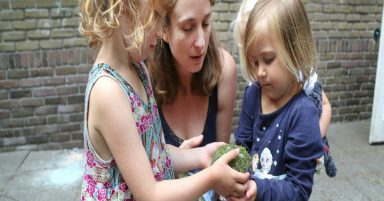
Interpretation
With the upper-age College group, success factors appear to be predicated upon developmental maturity, a bonded peer group, the students’ already-cultivated talents, backed by a track record of success, plus a thirst to learn undampened by mainstream education and/or the democratic version of education. This group’s psychological development at this early point in their individuation meant that when the original shift in educational approach was prototyped for the first cohort, they were highly responsive to the self-leadership, coaching, and mentoring model.
Contrastingly, many in the younger, newer Quest group, most formerly non-Keen students, have well-developed anti-learning behaviours, reinforced by existential anxiety, which was then being displaced into peer group dynamics. Pupils appear to have a heavily internalised negative self-image as learners, with a fear of failure and shame well-entrenched in their systems. These less apparent factors have manifested in unhealthy preoccupation with social status within the peer group. For a few, for a term and a half, this was the primary preoccupation in their school life, making learning a secondary, far less important objective.
Other features in the ecosystem that have affected the functioning of the Quest group lie in the mixed motives of children and parents in accessing the school in the first place, incomplete buy-in from parents for the model, over-reliance of pupils on learning avoidant behaviours practised in mainstream schools, plus a dampened recognition of the importance of authentic education, and finally, from the pupils, a perception of education as imposition.
The challenge of responding to the Quest group perfectly illustrates one of the key tensions in developing a Teal-inspired model of education. The transition from highly-structured traditional models and goal-oriented achievement systems in mainstream education to largely underdeveloped democratic and integral educational methods is a massively uncharted one. Embedding large amounts of personal freedom and choice at a biologically and psychologically chaotic stage of child development requires careful oversight. Too much structure stifles the spirit of the school, but too little does not provide the consistency, predictability, and safety that this age group require developmentally, including their unconscious drive to feel held.
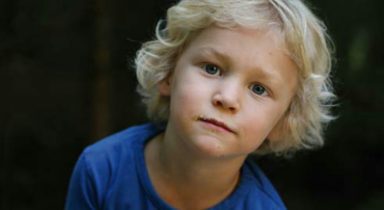
Initial Conclusions
Keen is a highly ambitious initiative; schools with an established holistic approach are few in number, those with founded on an integral evolutionary educational model far fewer, so our small band of founders, staff, parents, and pupils are pioneers and pathfinders in this new learning world. The transformational educational impacts of the pilot on the now College group were too profound to ignore, which is mainly evidenced by their exceptionally mature approach to their studies—their skills gaps notwithstanding.
Quest students with their impending or onset of puberty are developmentally moving into one of the most chaotic stages of their lives. They have yet to discover in themselves much of what is assumed by the more adult-oriented model used with the College students. Students and teachers have been experimenting with the right blend of structure for Quest students to provide a safe place to play, explore the freedoms of a more self-directed education, whist also benefitting from the personalised approach upon which the school’s ethos is based.
In order to yield more fertile ground within which the Quest group can adapt to the ethos of the school for the next educational year, the school will modify its intake processes, more rigorously assess the readiness and suitability of children and their families, ask more searching questions of parents, enlist them and get their buy-in to the educational model, and continue to adapt and evolve the project-learning-based approach.
In terms of the Wholeness of this article, what is not included above is the intriguing path that we are taking with the team. The training that we have done. The importance of the bringing the whole person to work, and the standard of personal and evolutionary development each member is willing to undertake, to also transform themselves during this voyage. More on this in a soon-published piece.
Becoming an integral evolutionary Teal school is therefore a process of ongoing adaptation, a lived enquiry for the school ecosystem into the ideals and aspirations of Teal. It is a living encountering with a first tier, non-Teal world and the resulting creative friction that emerges, which requires a rapid process of learning and response to design the optimal conditions within which both staff and students can thrive.
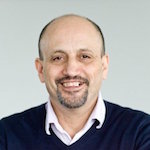 Dave Pendle has pursued a lifelong journey of personal growth, has lived in India, USA, and Australia and considers himself to be first and foremost a learner. Other capabilities include being an Educator, Evolutionary, Leader, Leadership Developer, Facilitator, Philosopher, Conversationalist, Trainer, Innovator, and Organisational Developer—all of which he puts in service of people, organisations, and communities in order that they might thrive. He has a blog named Insightful Development; sign up for further illuminating reflections. www.insightfuldevelopment.org. This article also published there.
Dave Pendle has pursued a lifelong journey of personal growth, has lived in India, USA, and Australia and considers himself to be first and foremost a learner. Other capabilities include being an Educator, Evolutionary, Leader, Leadership Developer, Facilitator, Philosopher, Conversationalist, Trainer, Innovator, and Organisational Developer—all of which he puts in service of people, organisations, and communities in order that they might thrive. He has a blog named Insightful Development; sign up for further illuminating reflections. www.insightfuldevelopment.org. This article also published there. 